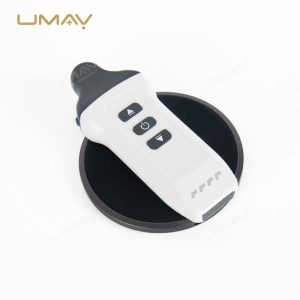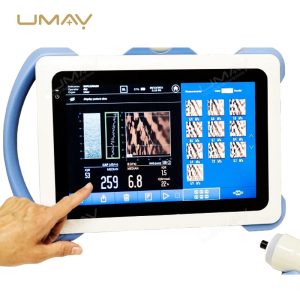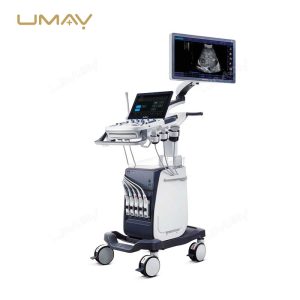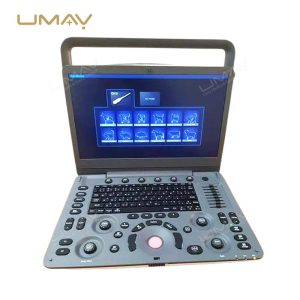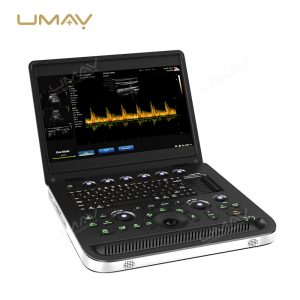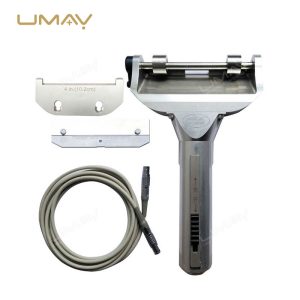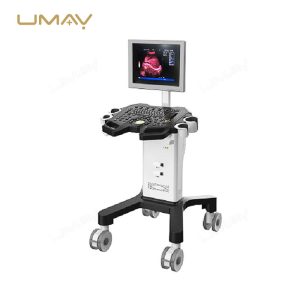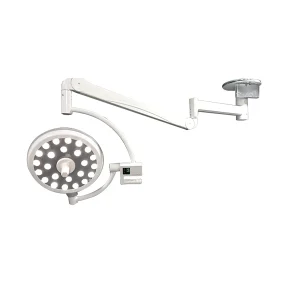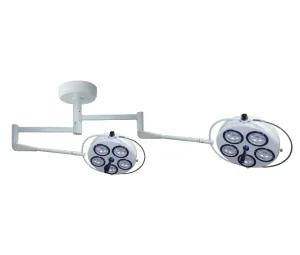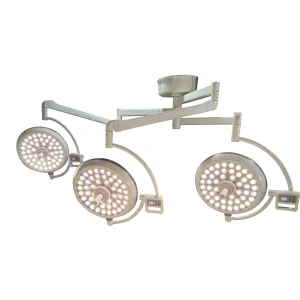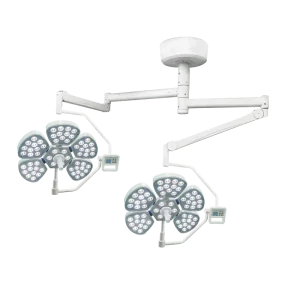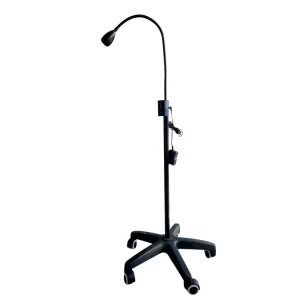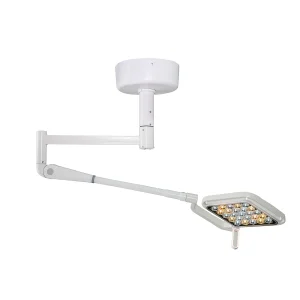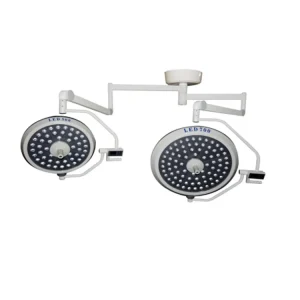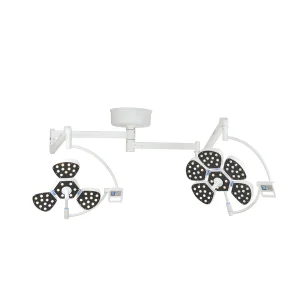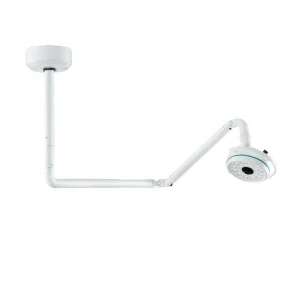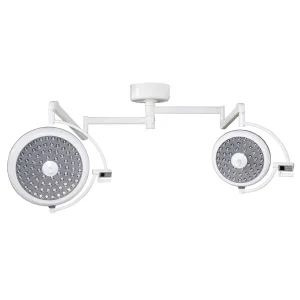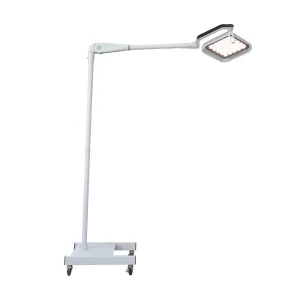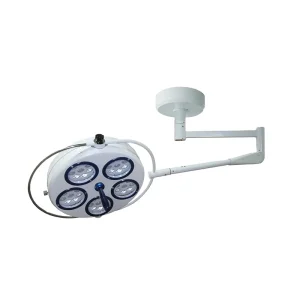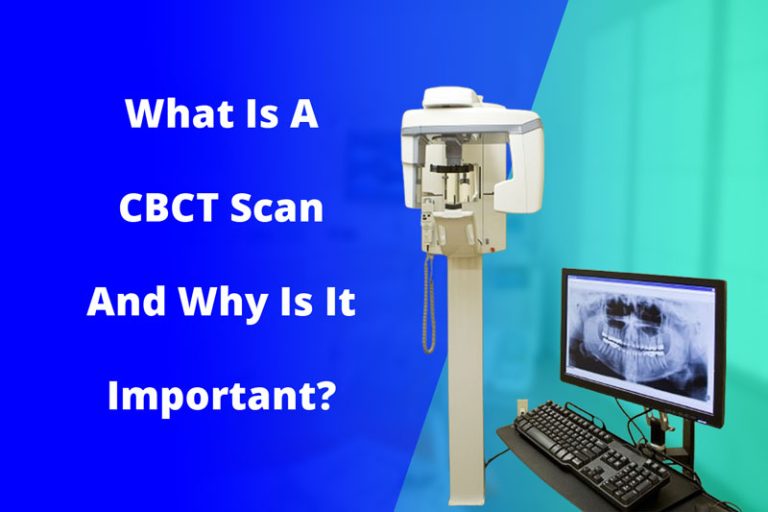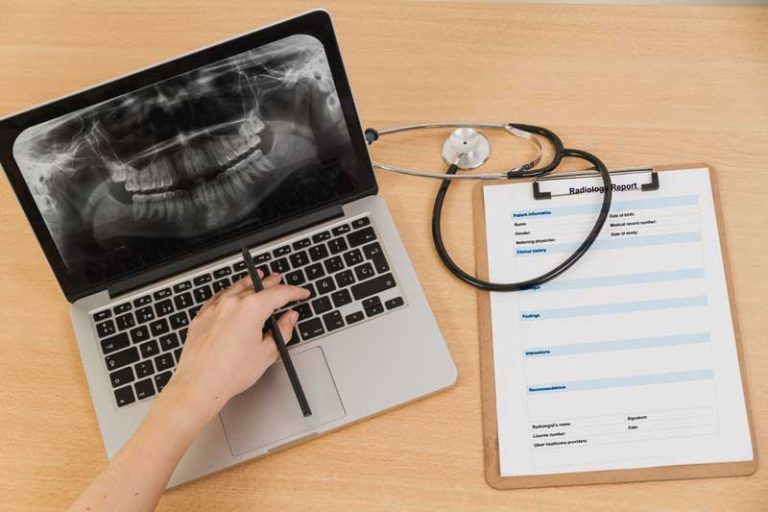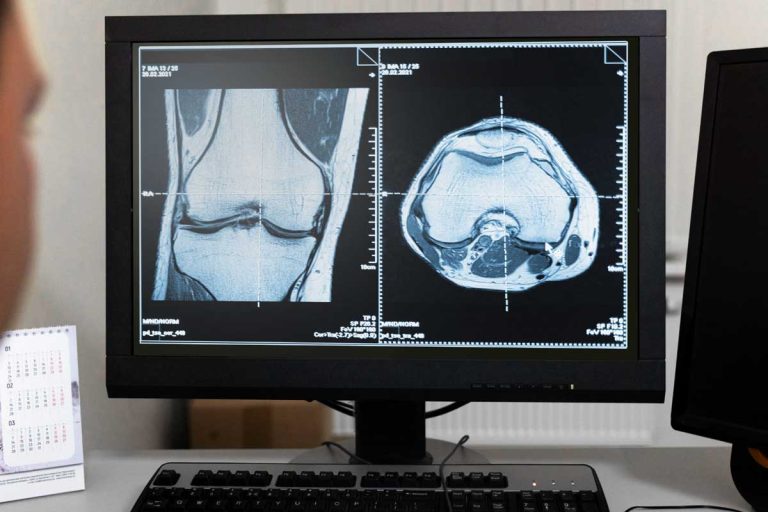If you’ve been researching medical imaging equipment for your facility, you already understand how important X-ray technology is for modern healthcare. Now let’s tackle the next big question: how much does an X-ray machine cost in 2025?
X-ray machine prices vary widely based on type, features, and brand. This comprehensive guide breaks down the real costs you can expect when investing in radiography equipment, helping you make an informed decision for your clinic or hospital. We’ll cover everything from upfront purchase prices to hidden expenses that might surprise you later.
Current X-Ray Machine Pricing Breakdown
When shopping for an X-ray machine, you’ll encounter several categories at different price points. Understanding these differences is essential for choosing the right X-ray system for your specific healthcare setting.
Portable X-Ray Systems ($2,500-$12,000)
Portable X-ray machines offer flexibility at a lower price point, making them perfect for smaller practices. These diagnostic imaging systems can be moved between rooms or even taken to patients who can’t easily be transported.
At the lower end ($2,500-$5,000), you’ll find basic portable units with limited power output, suitable for simple diagnostic imaging in veterinary practices or small clinics. Mid-range portable systems ($5,000-$8,000) offer better image quality and more features, while premium portable options ($8,000-$12,000) provide digital capabilities and wireless connectivity.
These portable X-ray machines are ideal for:
- Mobile healthcare services
- Small veterinary practices
- Chiropractic offices
- Facilities with space limitations
- Nursing homes or home healthcare services
Stationary X-Ray Systems ($8,000-$20,000)
Stationary X-ray systems form the backbone of most medical facilities’ imaging departments. These fixed units offer higher power output and better image quality than portable systems.
Basic stationary systems ($8,000-$12,000) provide reliable performance for general radiography needs. Mid-tier options ($12,000-$16,000) typically include digital capabilities and better workflow integration. Premium stationary systems ($16,000-$20,000) offer advanced features like auto-positioning, higher resolution, and comprehensive software packages.
These stationary X-ray systems work best in:
- General hospitals
- Urgent care centers
- Orthopedic practices
- Medical clinics with dedicated imaging rooms
Digital Mammography Systems ($50,000-$100,000+)
Digital mammography represents the higher end of X-ray technology, with prices reflecting their specialized capabilities. These systems are designed specifically for breast imaging with exceptional detail and lower radiation doses.
Basic digital mammography systems start around $50,000, while advanced systems with tomosynthesis (3D mammography) capabilities can exceed $100,000. These machines represent a significant investment but provide crucial diagnostic capabilities for detecting breast cancer at early stages.
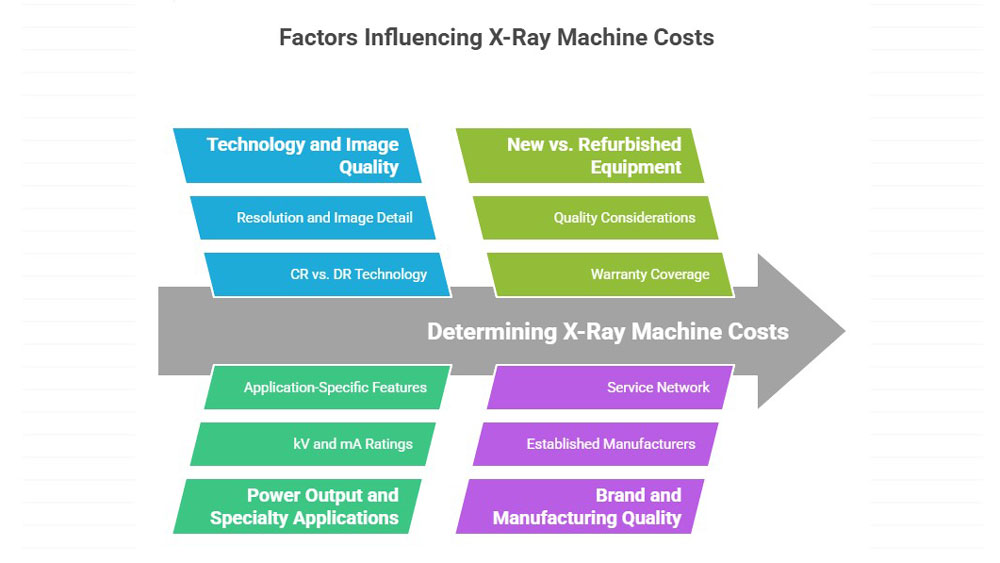
Key Factors Influencing X-Ray Machine Costs
Several important factors affect the final price of an X-ray machine. Understanding these can help you determine which features are worth paying extra for when selecting radiology equipment.
Technology and Image Quality
The technology used in your X-ray system significantly impacts both price and performance:
CR vs. DR Technology: Computed Radiography (CR) systems are generally less expensive, using reusable imaging plates that must be processed after exposure. Digital Radiography (DR) systems cost more but provide instant image display and typically better image quality.
Resolution and Image Detail: Higher resolution detectors capture finer details but increase costs. For general radiography, standard resolution may be sufficient, while specialties like mammography require the highest possible resolution.
Software Capabilities: Image processing software can greatly enhance diagnostic value. More expensive systems often include advanced algorithms for noise reduction, contrast enhancement, and automated measurements.
Power Output and Specialty Applications
An X-ray machine’s power determines what types of examinations it can perform:
kV and mA Ratings: Higher power outputs allow for better penetration of dense body areas. General radiography typically requires 40-125 kV, while specialized applications may need more.
Application-Specific Features: Specialized X-ray machines designed for dental, podiatry, or veterinary use include features specific to those fields, affecting their price.
Positioning Flexibility: Systems with greater positioning flexibility (more angles, automated movements) typically cost more but can handle a wider range of examinations.
New vs. Refurbished Equipment
Budget constraints might lead you to consider refurbished healthcare imaging solutions:
Quality Considerations: Properly refurbished X-ray equipment from reputable suppliers can provide excellent value. Look for systems that have been thoroughly inspected, repaired, and updated.
Warranty Coverage: New equipment typically comes with 1-3 year warranties, while refurbished systems might offer 30-90 days. This difference should factor into your cost calculations.
Future Support: Older refurbished models might have limited parts availability or software support in the future. Newer refurbished models minimize this risk.
Brand and Manufacturing Quality
Brand reputation affects both initial cost and long-term value:
Established Manufacturers: Well-known brands typically charge premium prices but often provide better reliability, support, and parts availability.
Service Network: Manufacturers with extensive service networks can provide faster repairs, reducing costly downtime. This support infrastructure is reflected in pricing.
Quality Standards: Look for medical X-ray machines that meet international standards like ISO 13485 for medical devices. Certification to these standards often correlates with higher prices but better quality.
Hidden Costs in X-Ray Machine Ownership
The purchase price is just the beginning of your investment in diagnostic imaging systems. These additional expenses should factor into your budget planning:
Installation and Room Preparation
Proper installation ensures safety and optimal performance:
Room Requirements: X-ray rooms need specific dimensions, electrical capacity, and sometimes lead shielding. Retrofitting an existing space can cost $5,000-$15,000 depending on required modifications.
Installation Services: Professional installation typically costs $1,000-$3,000 for standard systems but may be higher for complex equipment.
Downtime During Setup: Factor in potential revenue loss during installation and setup, which can take 1-5 days depending on system complexity.
Maintenance and Service Plans
Regular maintenance keeps your radiography equipment running safely and efficiently:
Service Contracts: Annual service contracts typically cost 5-10% of the purchase price. For a $15,000 system, expect $750-$1,500 annually.
Parts Replacement: X-ray tubes eventually need replacement, costing $3,000-$9,000 depending on the system.
Software Updates: Keeping software current might require annual fees or one-time upgrade purchases.
Radiation Safety and Compliance
Safety measures protect patients and staff but add to your total X-ray system cost:
Shielding Materials: Lead barriers, aprons, and other protective equipment cost $1,000-$5,000 initially.
Compliance Testing: Regular radiation surveys ($500-$1,500 annually) ensure your facility meets safety regulations.
Personnel Monitoring: Staff radiation badges and monitoring services cost approximately $50-$100 per employee annually.
Software and Integration Expenses
Modern imaging requires proper digital infrastructure:
PACS Integration: Connecting your X-ray system to a Picture Archiving and Communication System costs $2,000-$10,000 depending on complexity.
Workstation Setup: Viewing stations with medical-grade monitors add $3,000-$8,000 per station.
Network Infrastructure: You may need upgraded IT infrastructure to handle large image files, adding $1,000-$5,000 in networking costs.
Smart Strategies to Optimize Your X-Ray Investment
These approaches can help you maximize value while controlling X-ray equipment pricing:
Needs Assessment and Right-Sizing
Avoid paying for features you don’t need:
Patient Volume Analysis: Match your equipment capacity to your actual patient load. A busy ER needs high-throughput systems, while a small clinic might do fine with basic equipment.
Growth Projections: Consider future needs, but don’t overspend on capabilities you might never use.
Feature Prioritization: List features as “must-have,” “nice to have,” and “unnecessary” to focus your budget on what matters most.
Future-Proofing Your Investment
Think long-term to avoid premature replacement:
Upgrade Pathways: Confirm whether the digital X-ray system can be upgraded as technology advances.
Parts Availability: Verify the manufacturer’s commitment to long-term parts support.
Compatibility Standards: Choose systems using standard protocols like DICOM to ensure continued compatibility with other equipment.
How to Choose the Right X-Ray Machine for Your Practice
Follow these steps to find the perfect match for your needs:
- Assess Your Clinical Requirements: What types of examinations will you perform most often?
- Analyze Your Space: Do you have room for a fixed system, or do you need a portable option?
- Calculate Total Ownership Cost: Factor in purchase, installation, maintenance, and operational expenses.
- Evaluate Workflow Impact: How will the new system affect patient throughput and staff efficiency?
- Check References: Talk to other facilities using the same equipment.
Different practices have different needs:
- Primary Care: Focus on basic radiography with good workflow integration
- Orthopedics: Look for systems with excellent bone detail and positioning flexibility
- Urgent Care: Prioritize speed, durability, and ease of use
- Women’s Health: Consider specialized mammography equipment
Financing Options for X-Ray Equipment
When considering the significant investment in X-ray technology, explore these financing alternatives:
Equipment Leasing: Many providers offer 3-5 year leases with monthly payments that are often lower than loan payments.
Equipment Loans: Medical equipment-specific loans may offer better terms than general business loans.
Manufacturer Financing: Many X-ray equipment manufacturers offer in-house financing options with competitive rates.
Tax Considerations: Consult your accountant about potential tax benefits of purchasing versus leasing medical equipment.
Contact Our Expert Team for Personalized Guidance
Finding the right X-ray machine at the right price can be complex. Our team specializes in matching healthcare providers with appropriate imaging solutions based on clinical needs and budget constraints. Contact us today for a personalized consultation and quote tailored to your facility’s specific requirements.
Whether you’re looking for a portable X-ray machine for your mobile practice or a comprehensive digital radiography system for your hospital, we can help you navigate the options and find the best value for your investment in 2025.



